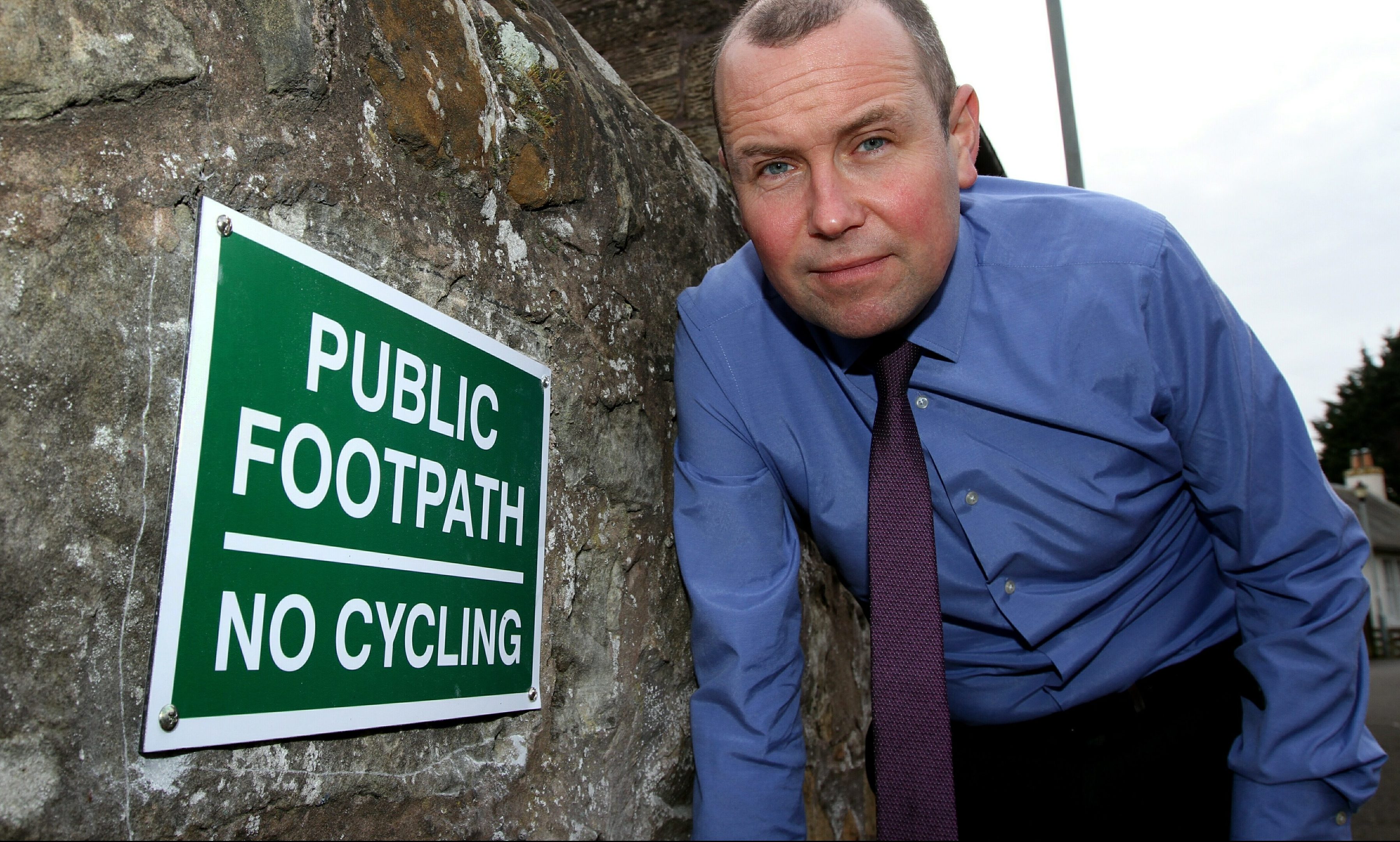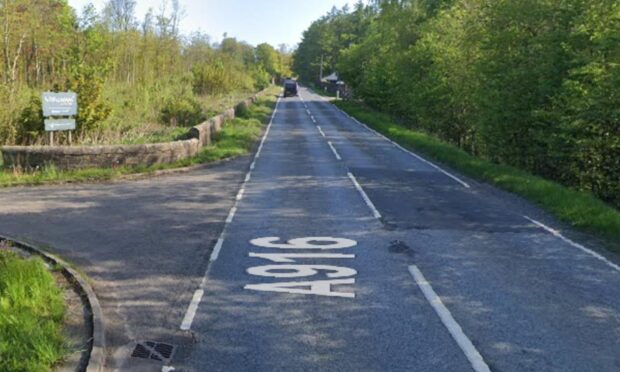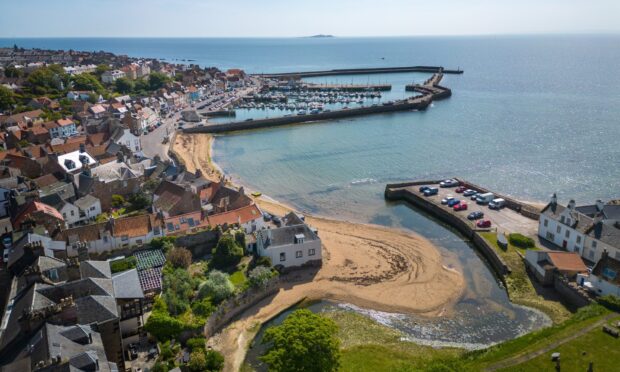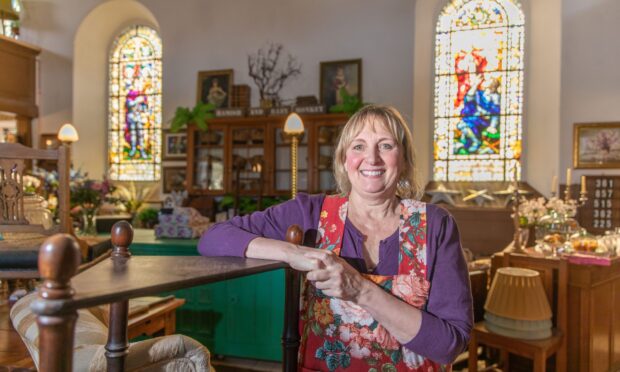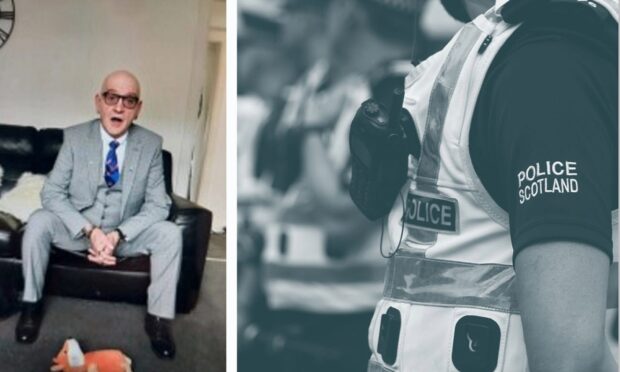Illegal “no cycling” signs at a St Andrews public footpath are to be taken down by Fife Council.
A man was reportedly seen putting the signs up along the section between Bridge Street and Hepburn Gardens.
Fife Council confirmed it had not authorised the signs and they would be taken down.
Local councillor Brian Thomson said: “Why someone has gone to the effort of getting misleading signs made up, and then thought that they could get away with fixing them to walls, is quite bizarre.”
There used to be a by-law prohibiting cycling along the 1.5 mile path, which follows the route of an old mill lade.
But this was phased out following the introduction of the Land Reform (Scotland) Act 2003.
“I’ve raised the matter with council officers, and an access officer has confirmed that the section of the Lade Braes that the signs have been positioned on is a core path where cycling is permitted, and cycling is allowed in the rest of the Lade Braes,” said Mr Thomson, who is a cyclist himself.
He added: “Personally, I tend to use the main road for cycling, but the Lade Braes is an excellent, safe route for children in particular and, as long as cyclists follow the access code, by dismounting and walking at narrow sections and giving advance warning of their presence, the potential for clashes with walkers should be minimised.
“A council transportation officer has confirmed that the area will be inspected later this week, and any illegal signage will be removed.”
Concerned resident Chris Wallard said: “Lade Braes is one of the safest ways for families with young children on bikes to get into town.
“We should do everything we can to encourage people to use environmentally friendly and healthy modes of transport rather than forcing people to use cars.
“Understandably, many residents are both upset and angry about the mysterious appearance of these unauthorised signs, in what appears to be a deliberate attempt to mislead people.”
Under the 2003 Act, cycling is allowed where access has not been restricted by a Traffic Regulation Order or through other legal means.
In practice, this allows cyclists to use most paths in urban parks and rural areas.
